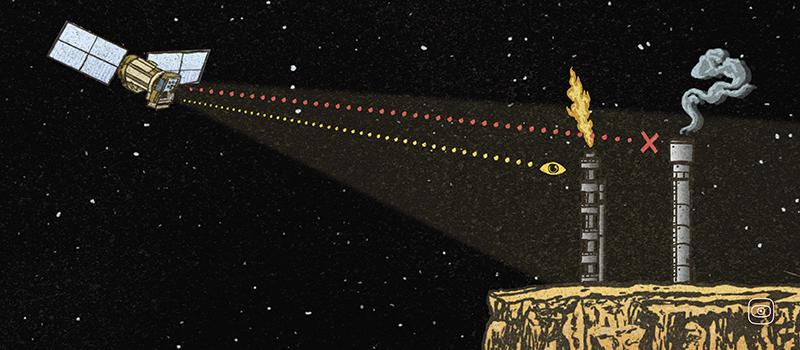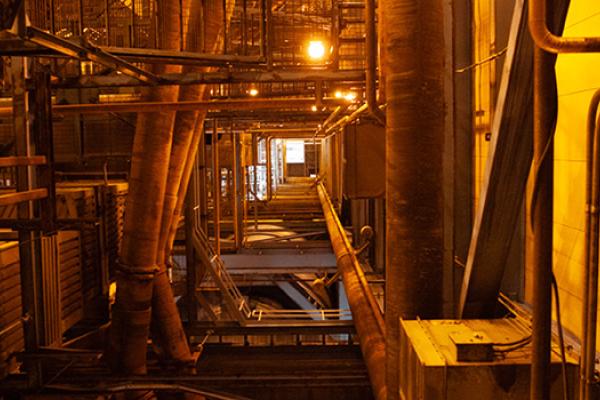Tom Brown, an EU-based freelance journalist, and Christina Last, a US-based data scientist used statistical analysis techniques to spot oil and gas companies installing ‘enclosed flares’ in the US, the UK and EU member states, which hides flaring from satellite tools designed to detect them.
The two tracked dozens of flares disappearing from the VIIRS satellite database, which researchers use to measure how much flaring is happening across the world.
The World Bank’s Flaring Tracker, which uses VIIRS, stated that flaring was decreasing globally. NGOs touted the decrease as a win for the environment.
But in many cases, the flaring hadn’t stopped at all. Enclosed flares meant that flares were disappearing from the satellite database, but they were still polluting and in many cases, still releasing greenhouse gases.
Building a data pipeline to identify and locate the flares that had disappeared, the team found oil and gas companies in the UK, Norway, Germany and the US building enclosed flares in the place of open-lit flares.
The team also identified a network of suppliers selling enclosed flares all across the EU, some of which had received funding from the US government.
Using optical gas-imaging cameras, which detect greenhouse gas leaks, the team took concealed footage of the enclosed flares, strong evidence that the devices are still polluting despite claims from the companies that flaring has disappeared.
Image: Niall Brown





